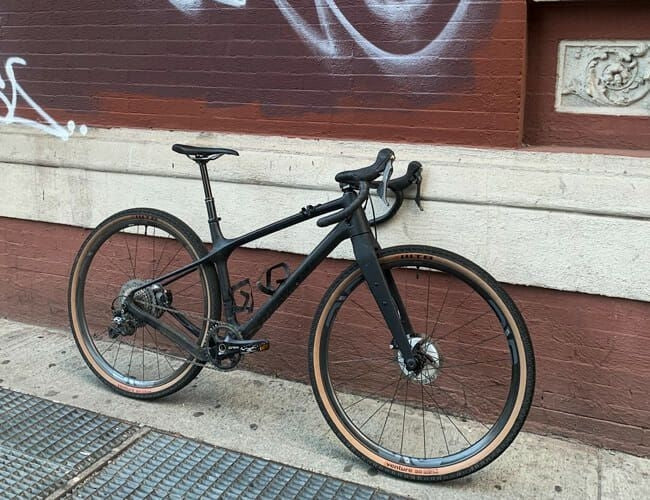Is It Safe To Ride To Work?

Out of all of the bikes in our range, the ones creating a lot of interest at this time of year are our commuter bikes. Now that the weather is warmer, our adventure, urban and folding bikes are seen as ideal ways to get to work on a fine day. But we do get asked a lot if it is safe to ride to work - we think it is, and here’s why.
The Cycling Action Network has its finger on the pulse of all things cycling in New Zealand. They published an interesting list of facts and figures which show that cycling on New Zealand roads is safer than you may think. Here are a few of their statistics.
- About 1 in 1,000 cyclists are in injury crashes every year, compared with about 3 in 1,000 car drivers - and the cost of car crashes is among the top injury-related health costs in NZ
- Since 2000 about 750 people cycling were injured and 10 killed on average on the road every year, only per cent of the total - low given the numbers of people cycling
- Only 40 per cent of on-road cycling crashes are caused directly by the cyclist - the lowest rate of any mode
- ACC figures suggest cycling is far safer (has a lower number of injuries among people doing it) than rugby, cricket, basketball, soccer, netball and tennis.
- Being a couch potato is a much bigger risk to your health. More than a third of New Zealanders don’t get enough exercise and physical inactivity contributes to 12 per cent of all deaths (about 2,600 each year). A number of studies have shown that cycling is more likely to extend your life than shorten it.
We’re not saying that riding to work is 100% safe. But, with the increasing number of cycle lanes on our city streets, as well as off-road bikeways, it is becoming safer all the time. There are still some precautions you should take though. They are, as we see it, the four Cs of biking to work:
- Common sense: Bicycles are recognised as vehicles. As such you must follow the riad rules in the area you’re riding. That means, riding on the left, obeying traffic signals and using hand signals before turning.
- Courtesy: Be assertive but considerate by ensuring you know the road rules and act on them. If you make eye contact with motorists, you can be more assured that they have seen you and are aware of you.
- Caution: Find the safest riding route like quieter streets or off-road bike paths. Ride predictably and leave yourself plenty of room to manoeuvre. Be aware of what’s happening around you and look ahead, too. Avoid narrow spaces where you have little room for error. Watch for opening car doors and, if you can, ride out from the door zone – a car door is about 1.5m wide. If you can’t, then slow to a speed where you can stop in time.
- Clothing. Wear clothing that is light, warm and unrestrictive. But you should also aim for maximum visibility and that could include some form of reflective gear.
When it comes to what you need for your ride to work, including the bike, helmet, clothing and protective gear, one call to us will take care of it all. And as long as you exercise some common sense, that ride to work will be a highly enjoyable and beneficial one.





